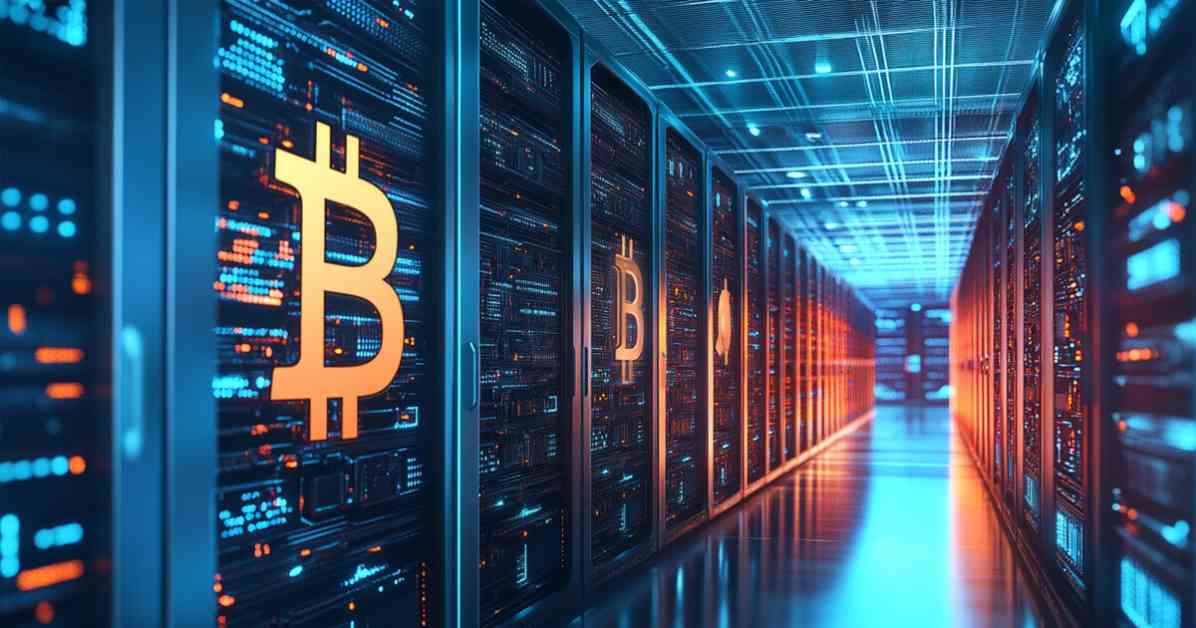The rise of Bitcoin and the subsequent growth of the crypto industry have had far-reaching implications, including the evolution of data center infrastructure to support blockchain networks. As the sector continues to expand, the need for reliable, high-performance computing resources, storage capacity, and fast networking in data centers has become more critical than ever.
Traditionally, data centers have been designed with a client-to-server architecture, but the demands of blockchain networks have led to a shift towards spine-and-leaf architecture. This non-hierarchical design allows for horizontal data flow between servers, reducing congestion and potential points of failure. These spine-leaf data centers have become the new standard for ensuring the reliability and security of blockchain networks.
However, as blockchain networks require greater compute power and energy consumption, data centers are facing new challenges. The energy consumption of blockchain networks is significant, with projections showing a doubling of data center electricity demand by 2026. To address this, data centers are moving closer to power plants to minimize transmission loss and improve efficiency.
In addition to energy concerns, data centers servicing blockchain networks must also meet specific mechanical, electrical, and plumbing requirements. Heat management is a key consideration, as the high computing power required for blockchain operations generates heat. Immersion cooling, which involves direct-to-chip liquid cooling, has emerged as a more energy-efficient solution for cooling data centers.
Moreover, data centers must also account for redundancy tiers to ensure continuous operation. Different tiers offer varying levels of fault tolerance, with higher tiers increasing both redundancy and cost. Large companies like Microsoft Azure have invested in Tier IV data center infrastructure to achieve maximum fault tolerance, while smaller businesses may opt for lower tiers based on their needs.
As the landscape of crypto mining evolves, data centers play a crucial role in ensuring the sustainability and efficiency of mining operations. By integrating sustainable practices such as using excess heat for heating water or powering greenhouses, data centers can contribute to energy sustainability and reduce their carbon footprint.
Overall, the adaptation of data centers for the future of crypto is essential to support the growing demands of blockchain networks. By embracing innovative solutions and sustainable practices, data centers can play a key role in the continued development and success of the crypto industry.














